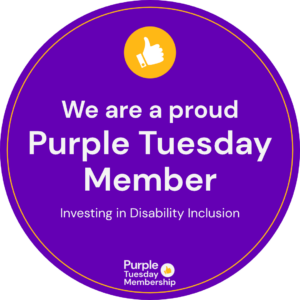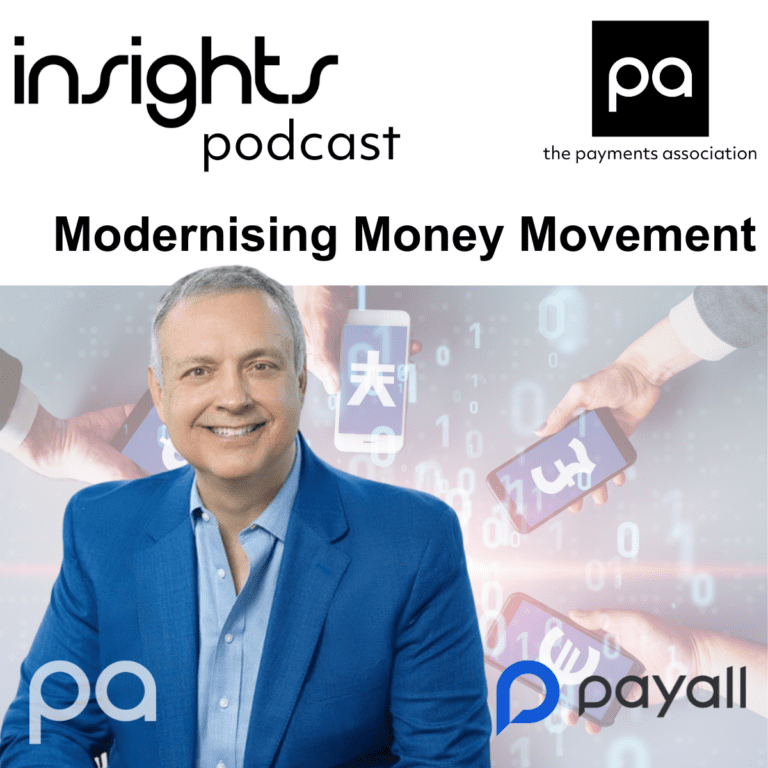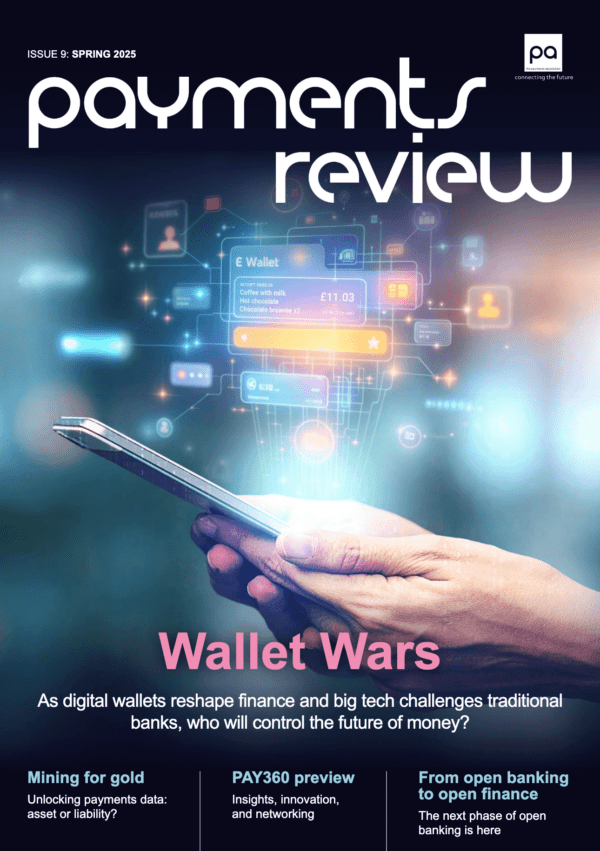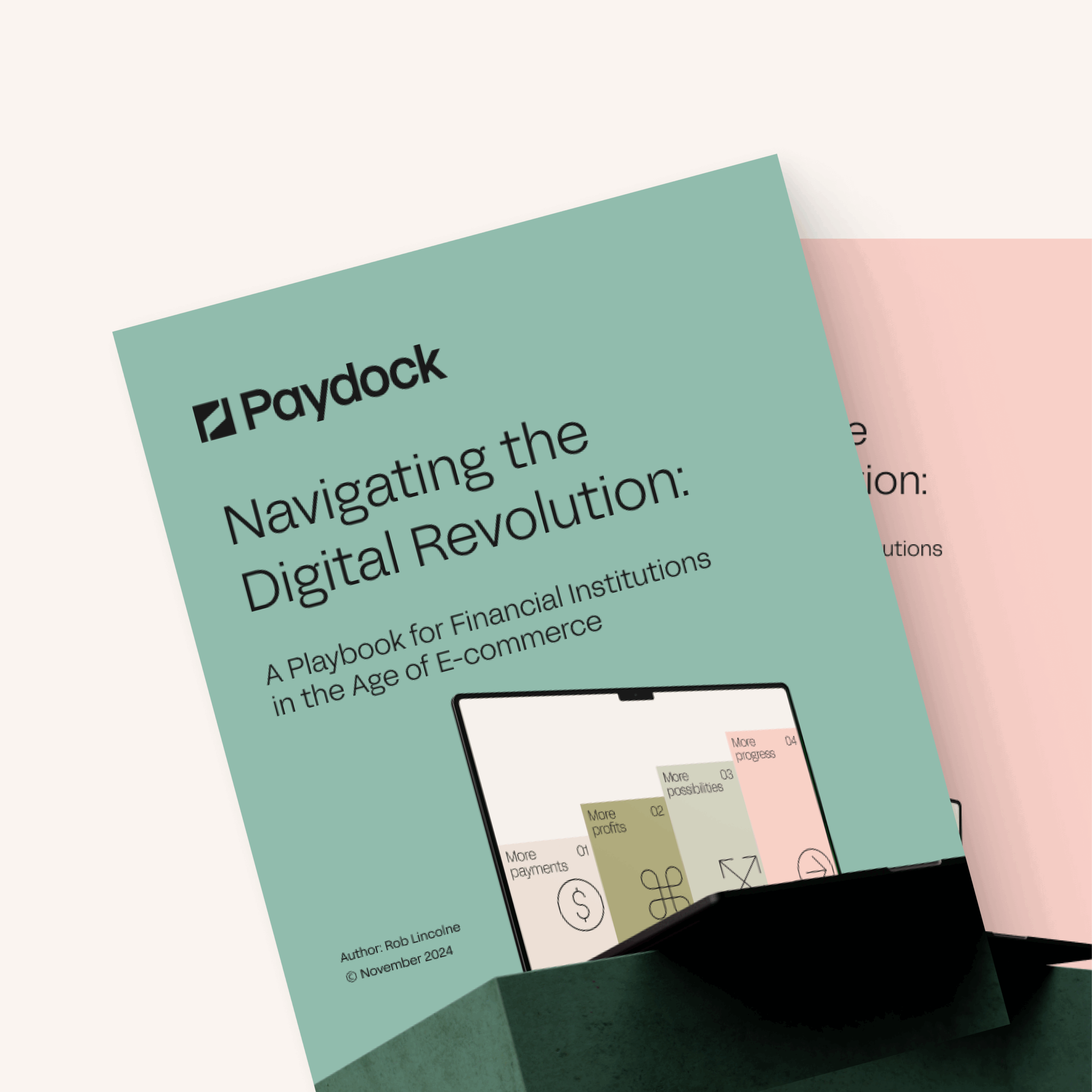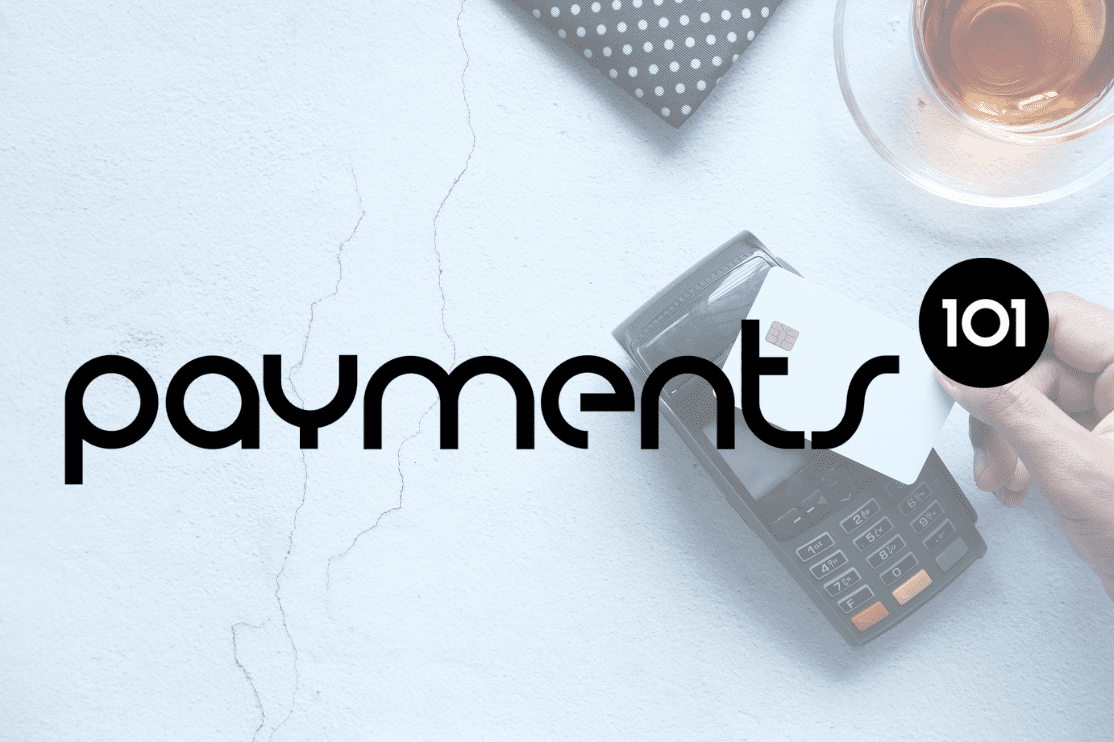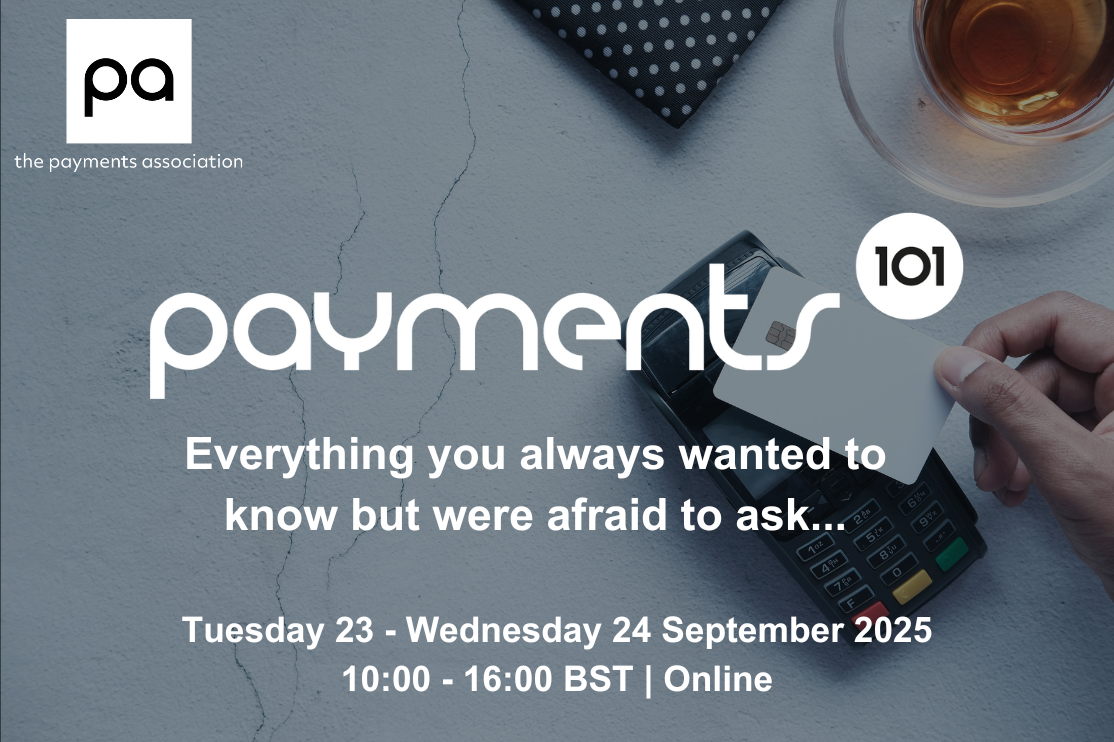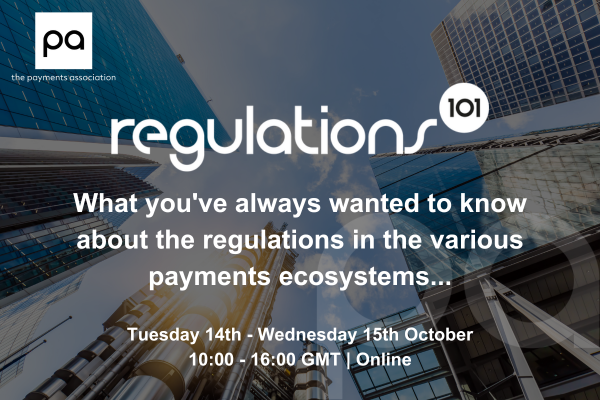By Olga Karablina, Head of Payment Product Development and Partner Relations at ECOMMPAY
Open Banking, which was properly introduced in 2018, has seen a slow adoption in the wider finance industry. Where payment methods like Buy Now Pay Later and digital wallets have swept through the market, open banking remains less widely understood or used – in fact, ECOMMPAY’s 2021 research found that only 14% of UK consumers completely understood it.
Customers, however, are already using open banking without even realising that they are. This revelation comes as no surprise to those familiar with the technology, as it is so very efficient and easy to use. But the fact customers do not fully understand it, means some further education is still required.
The purpose of Open Banking
For the uninitiated, open banking is a system that allows third-party providers to access financial data through the use of APIs. This means access to banking transactions and financial history, as well as other data from banks and financial institutions. Though this may sound daunting, this process is just as safe, if not safer, than regular online payment methods, but you don’t even have to share login details and passwords with anyone other than your bank or building society.
Banks, payment providers and similar institutions have widely accepted and acknowledged the undeniable benefits that Open Banking adoption brings, and the data shows that there are already 4.5 million regular users of open banking. The benefits of Open Banking consist of higher conversion rates, higher acceptance rates, lower fees, faster settlements and no chargebacks.
Though consumers may not feel that they understand open banking, without realising, they often are already using the system. Whether to make purchases or via online shopping and paying using their banks, or by passing credit scoring when choosing BNPL at checkout, customers are already diving into the world of open banking and utilising the system to its best ability.
Open Banking’s strong security
One of the key aspects of the technology that people often can’t seem to get around is open banking’s security. How can something that allows personal financial data to be accessed be considered safe?
The way to think about it is realising that open banking allows for transparent banking to its individual customer and that systems are put in place to make sure the data is not widely-accessible to just anyone. The logins, password and account details will only ever be utilised by the customer’s chosen bank, who already have all the personal information within their systems. Open banking providers will not need to see the information themselves, but as they do deal with sensitive data, they must make sure they regularly meet regulations and security standards. In Europe, Strong Customer Authentication (SCA) protects the customer on a high level and paying by bank, rather than by typing card numbers, can often be safer and more efficient.The majority of open banking payments are made via mobile devices, and features like FaceID, fingerID on smart devices not only already comply with SCA, but make the payment process much faster by allowing it to be done in a few clicks.
If a customer wishes for their data to be accessed by, say, a credit checking organisation, access to the data may be allowed by the customer. This would provide the required information needed in seconds, making the credit scoring process much faster while still having the lending information be kept in the individual’s bank.
Ultimately, with technology like open banking, whereby 48% of consumers revealed having some level of confusion about and 10% of business leaders not understanding how it can help their business, there needs to be reassurance and a focus on educating. As soon as people better understand how Open Banking works and the use cases become prominent, the potential for open banking’s growth within the industry will be unleashed, providing a safer and faster payment environment for customers and businesses alike.


